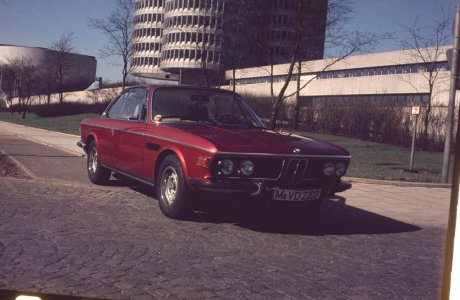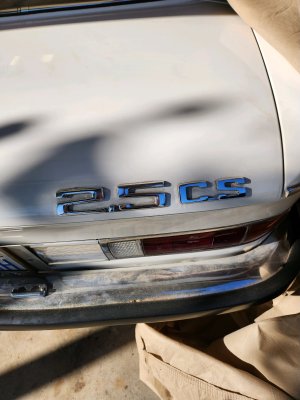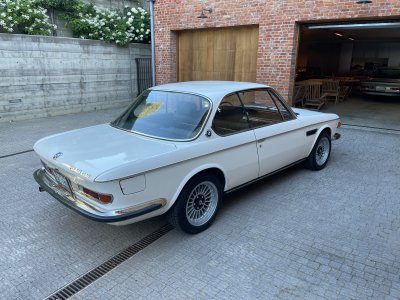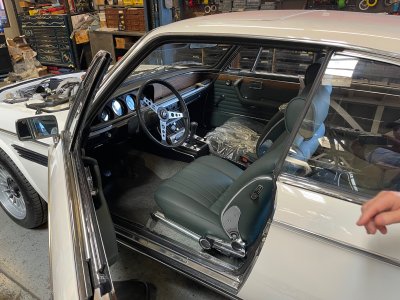I recently came across a photo that Ron Wakefield sent me a couple of years ago of his red 1975 BMW 2.5 CS parked in front of BMW headquarters in Munich. This was Ron’s second E9—his first was the one I now own. He told me he purchased the 2.5 CS while working for BMW in Germany. It was a stripped-down version built during the oil crisis as a more economical alternative to the 3.0 CS.
Only 874 examples of the BMW 2.5 CS (E9) were produced between 1974 and 1975:
None were originally exported to the United States, which makes me wonder—has anyone here ever come across a restored example on U.S. soil?
Only 874 examples of the BMW 2.5 CS (E9) were produced between 1974 and 1975:
- 600 with manual transmission
- 244 with automatic (2.5 CSA)
None were originally exported to the United States, which makes me wonder—has anyone here ever come across a restored example on U.S. soil?




